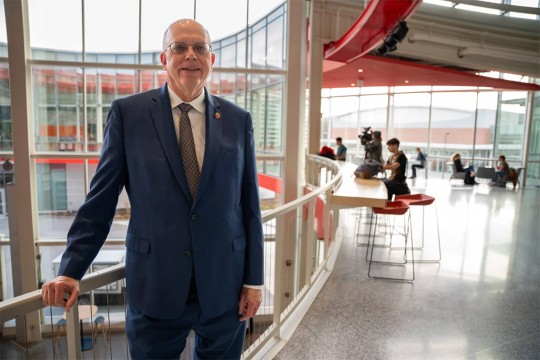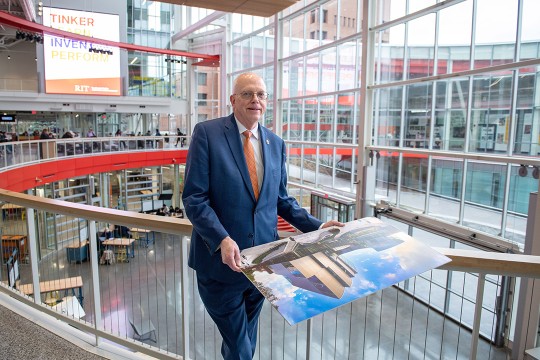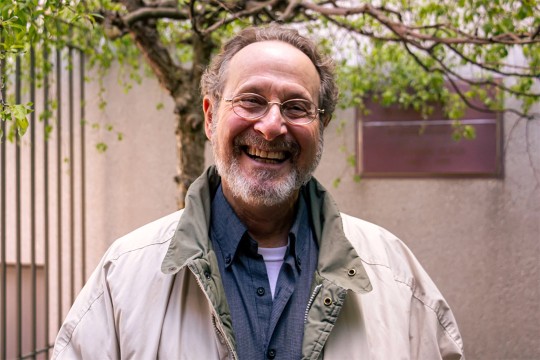Packaging students highlight how the brain ‘shops’
Imagine exhibit also features 20-foot pirate ship made out of recyclable goods
provided by Abbey Phillips
Students in packaging science will host several Imagine exhibits including a large, interactive pirate ship made of recyclable materials. Chad Krohn ’14 shows cardboard swords and shields that will be available for some friendly swash-buckling.
In the “sea of sameness,” why do people pick one item on a store shelf over another?
Students in RIT’s packaging science program will be able to answer those questions at their Imagine RIT exhibit “The Power of Packaging.” Using a sophisticated eye tracking system, the students will lead participants in an activity to track where an individual’s eyes go when looking at an array of well-packaged goods—and ask them to choose which item they’d buy.
“The reality is, we may know before they even answer,” said Abbey Phillips, a fourth-year packaging student.
She and her classmates will get that information through eye-tracking system glasses connected to a computer and large screen. On the screen participants will be able to see an array of products and the eye movement of the person.
“They say the average consumer’s brain has decided what is best on the shelf in a matter of seconds. Your brain knows what you are going to pick before you even realize you know what you are going to pick,” she said. “We’ll be able to tell consumers, you looked straight at the larger type, or your eyes went to the sharp corners or the color, the change in size. It’s not necessarily what’s inside the package that they are choosing.”
The “sea of sameness” expression is one used by packaging professors to talk to students about how the same product may be packaged in many different ways, and that packaging is part of the purchasing appeal. The exhibit is a way to share that concept with participants and remind them that packaging is more than boxes, said Phillips.
“There is so much more that goes into this, and it includes the role we play in everyday decisions,” she said, referring to responsibilities in designing appropriate and sustainable packages that appeal to consumers and drive brands.
Besides the serious side of packaging, the student-team will have some fun building a pirate ship made out of recyclable materials early in the morning for children to use throughout the day. Cardboard shields and swords will be available for safe swash-buckling.
Packaging labs will also be open in Engineering Technology and Slaughter Halls. Students and department staff will demonstrate how items are packed for safety and economy.
“This exhibit puts what we do in a whole new perspective. No one really thinks about how their TV gets to a store safely from half way across the world,” said Phillips, who is from Avon, N.Y. She graduates this May with her bachelor’s degree in packaging and starts a job at Mondelez International, a snack company with brands such as Trident, Cadbury and Nabisco. “We’ll show how we test to be sure items are not damaged in transit, and how we learn to pack as safely and as efficiently as possible. Of course, if we could put everything in giant bubbles, we would do that. But it is not cost effective, so how do you find that sweet spot?”
And the packaging students can answer that question, too.















